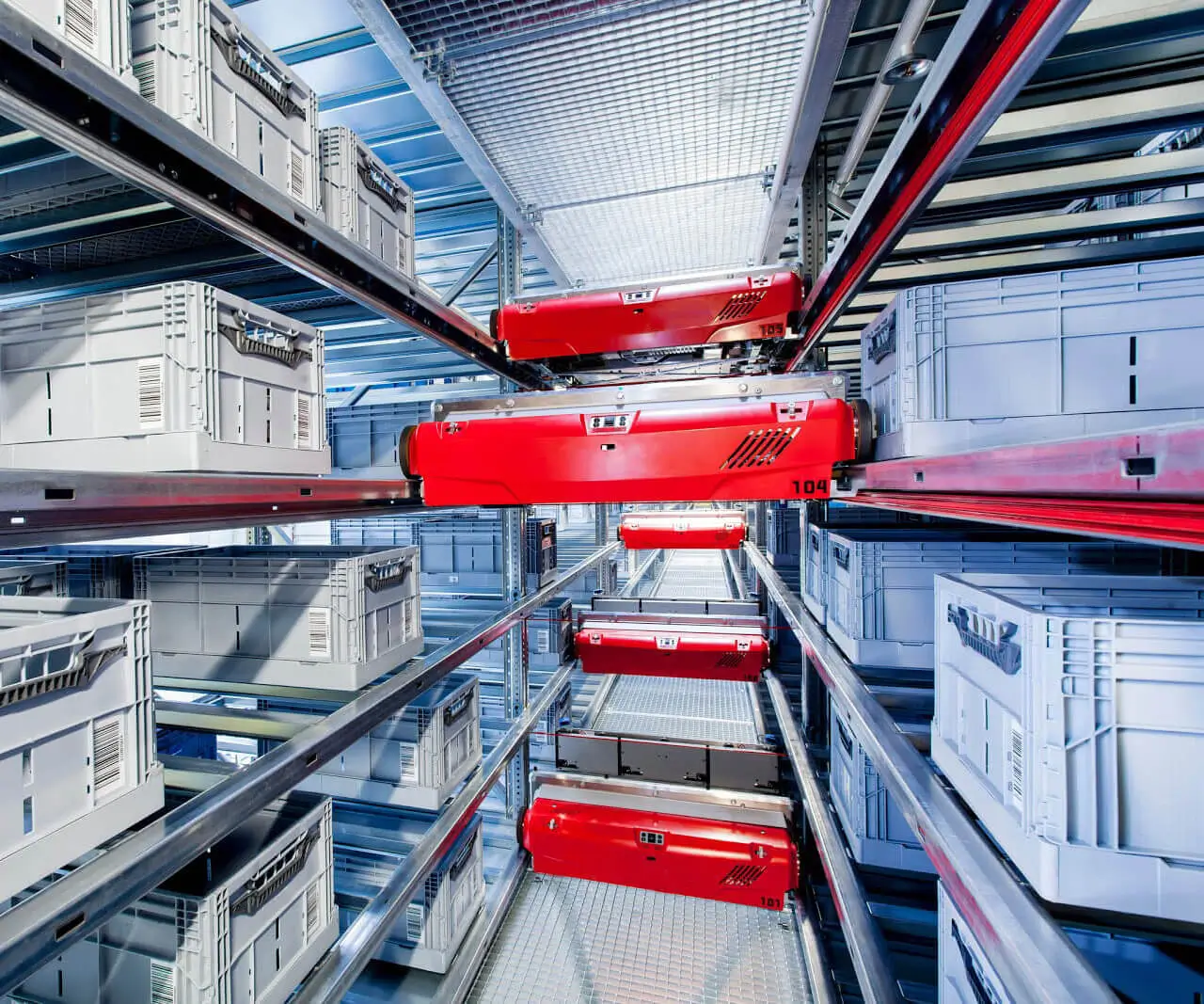Imagine you're staring at a massive Lego set. Some pieces—one big chunk—hold everything together, while others are tiny, independent blocks that fit and function separately. That’s pretty much what the debate between monolithic architecture and microservices is all about. It’s about how to build software that’s both robust and flexible, and honestly, it’s like choosing between a sturdy fortress and a swarm of nimble drones.

Take the monolithic route—think of it as a big, solid building. Every part of the application is tightly connected, sitting under one roof. When you want to make a change, sometimes it feels like renovating a castle—everything’s intertwined, so you gotta be careful. But there’s a charm, right? It’s straightforward initially. Deployments are faster because you’re rolling out one package. If your project isn’t sprawling and doesn’t need much agility, this can be pretty convenient. But here’s the catch—scaling that beast is a headache. If one part lags, the whole system feels sluggish. Plus, when bugs slam in, they seem to spread like wildfire.
Now, flip the coin—microservices. Imagine a city of tiny, specialized shops instead of a single giant mall. Each service does its thing independently but communicates smoothly. If a tiny store has a problem, the whole city doesn’t grind to a halt. Flexibility? Check. You can update or scale specific parts without messing with the rest. But—and here’s the kicker—it’s not all peaches. Managing all those moving pieces? It’s complex. You need a good way to keep track of everything, or chaos will ensue. Deployment becomes a juggling act; it’s more code to keep in line.
Here's a question: if you’re running a high-traffic app, which architecture makes more sense? Well, it depends. For startups testing a new idea, monolith might feel less intimidating—quicker to launch, easier to control. But as things grow, microservices could save you from being buried under your code. The key lies in your needs—massive scalability? Flexibility? Maintenance ease?
Let’s be real—adopting microservices isn’t just a quick switch. It’s a mindset shift, and it demands a robust operational backbone. On the flip side, sticking with monolithic can be like trying to upgrade a vintage car—you might still get around, but the modifications can be a pain.
What about real-world examples? Well, a social media giant started with a monolithic core but faced growing pains. Switched to microservices to handle millions of concurrent users. The result? Better scalability, faster deployment of new features, fewer crashes. On the other hand, a smaller e-commerce platform stuck with a monolith, appreciating the simplicity until the customer base ballooned.
So, what sticks out? It’s a matter of size, speed, and ambition. Neither is universally better—just different tools for different jobs. Picking the right architecture isn’t about what’s trendy today but what serves your goals tomorrow. Think about your team’s skills, your growth plan, and how much complexity you’re willing to manage.
The next step? Dive into your own project’s DNA. Want rapid iteration and easy maintenance? Consider microservices. Need a reliable, straightforward setup? Maybe an evolved monolith. Or better yet, look for a partner that understands both worlds and can guide you through the maze, helping you build something that doesn’t just work but thrives.
Established in 2005, Kpower has been dedicated to a professional compact motion unit manufacturer, headquartered in Dongguan, Guangdong Province, China. Leveraging innovations in modular drive technology, Kpower integrates high-performance motors, precision reducers, and multi-protocol control systems to provide efficient and customized smart drive system solutions. Kpower has delivered professional drive system solutions to over 500 enterprise clients globally with products covering various fields such as Smart Home Systems, Automatic Electronics, Robotics, Precision Agriculture, Drones, and Industrial Automation.




































